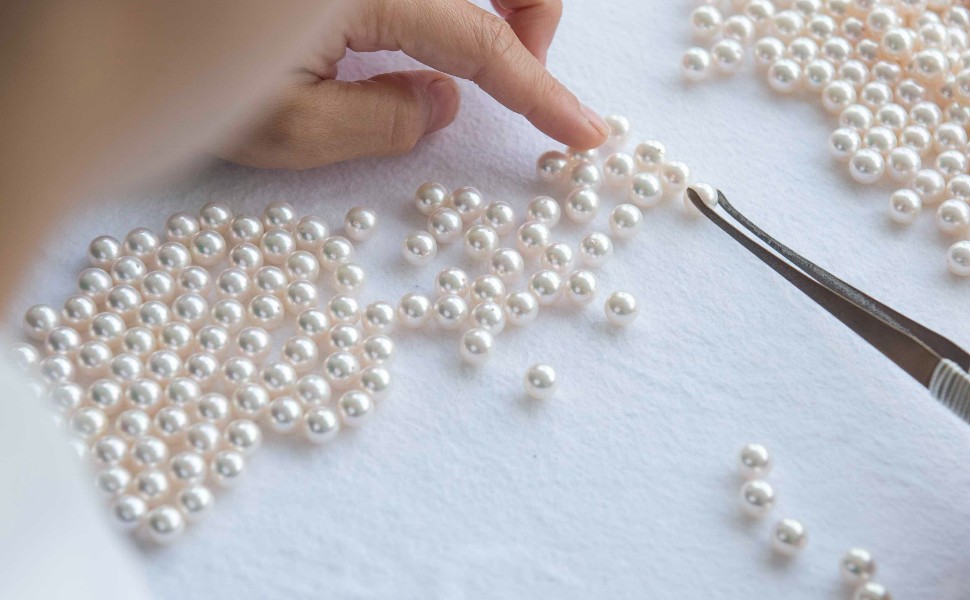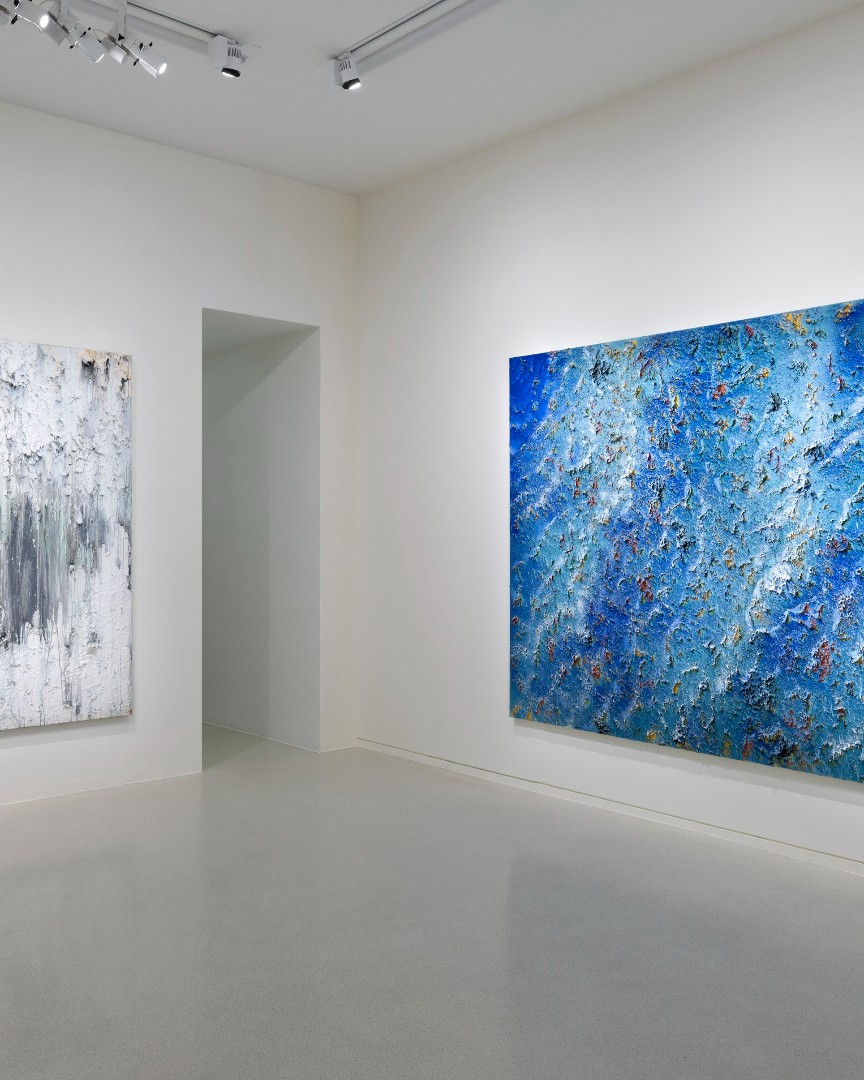 All Articles
Aeronautics
Art & Culture
Environment
Gastronomy
Motors
Real Estate
Travel
Watchmaking & Jewellery
Yachting
All Articles
Aeronautics
Art & Culture
Environment
Gastronomy
Motors
Real Estate
Travel
Watchmaking & Jewellery
Yachting
 Design
Finance
Jewellery
Watchmaking
Yachting
Design
Finance
Jewellery
Watchmaking
Yachting

Traditionally seen as divine creations, pearls have been a source of fascination since the dawn of time. They symbolize femininity, love, perfection, but also purity. Gabrielle Chanel was passionately fond of them. They in fact formed part and parcel of her look. She wore them all the time, in rings, bracelets, earrings, and brooches. The designer multiplied the number of rows of pearls she would wear as a sautoir necklace by day, or cool and casual, down her back, in the evenings. These treasures of nature are inevitably to be found at the core of the identity of Chanel, which reinvents them to infinity. Offering pieces adorned with cultured pearls gleaming on white gold set with diamonds, Chanel’s new high jewellery “Tweed de Chanel’’ collection is a perfect example.
Natural pearls are extremely rare. On average, only one oyster in 15,000 produces a pearl, a rarity which always made them particularly precious. Faced by rising demand and real difficulty in obtaining them, an alternative made its appearance back in 1893. Kokichi Mikimoto, a visionary Japanese jeweller, founder of the firm bearing his name, invented a revolutionary procedure: the culture of pearls. This ingenious technique consists of inserting a nucleus, usually a round kernel, inside the oyster. In reaction to this foreign body, the mollusk then secretes “nacre,” or “mother-of-pearl,” around itself, thus giving birth to a cultured pearl.
Forty years later, jeweller Shunsaku Tasaki created the very first pearl farm. Now the world’s leading producer of Akoya pearls, Tasaki cultivates these precious gemstones on its own farms in the Kujuku islands, within the administrative county of Nagasaki. It has extended its expertise to encompass pearls from the South Seas, which it produces on its farm in Burma, and the famous Mabe pearls, renowned for their distinctive dome, or “blister” shape.
Just as diamonds are assessed in compliance with the famous “4Cs” of the Gemological Institute of America (GIA) – Colour, Clarity, Cut and Carat – pearls are also the subject of a rigorous classification system. Their beauty and value are determined by means of six essential criteria: their lustre (or capacity for reflecting the light), the perfection of their surfaces, their shape, colour (ranging from iridescent white to nuances of pink, yellow, blue or black), the thickness of the mother-of-pearl, and finally, their diameter (the largest usually being more rare and costly).
Far from the classic, middle-class image with which they were once associated, pearls are now the subject of bold creativity unleashed by jewellery designers all over the world. Chaumet, for example, enhances them with plays on shading and asymmetry in its “Joséphine Aigrette” collection, while Tiffany & Co. combines them with its iconic “Hardwear” medallions. As for Mikimoto, it dares to present an astonishing association of pearls with safety pins in its partnership with Comme des Garçons. Tasaki then explores contrasts between the softness of pearls and sharply pointed curves in its new “danger horn” creations, which notably account for today’s modern, uninhibited image of the pearl. Tasaki has, in fact, already been working for more than 15 years with fashion designers to breathe life into collections which overthrow the codes of traditional jewellery.
All creations which are highly esteemed but would have been unimaginable a few years ago. And all echoing the innovative spirit of Dinh Van who released the pearl in the 1970s from its straitjacket with the exquisite “Two Pearls” ring he created for Pierre Cardin.
To receive our news, it’s here!








